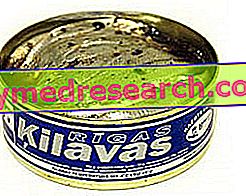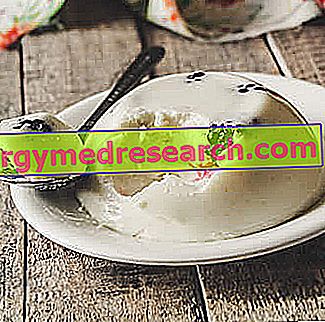What is the Shelf - Life The words "shelf" and "life" literally mean "shelf or shelf" and "life". In product categories, shelf-life takes on the meaning of: "Period that lasts from production to sale, in which it is necessary to keep the total quality of the product intact"
Category food preservation
Definition and potential preservative Brine is an aqueous solution of cooking salt (NaCl), the concentration of which is detected by the Baumé densitometer (Bé); the brine is used to cook and cover the food to be preserved, in particular: the vegetables with a strong taste (olives, peppers, aubergines, etc.)
Is oil an effective preservative? Oil is a mildly antiseptic natural preservative agent and particularly useful when used in food preservation. The principle of preservation in oil is to isolate the food (and therefore the substrate) from the atmospheric air, limiting: Contamination of volatile bacteria The availability of oxygen to aerobic germs
Fruit Fruit is a heterogeneous group of foods made up of different botanical species. As already extensively described in the article entitled "Fruit - fruit", this category includes many types of fruit, although some of them are commonly used as "side dish" vegetables or in savory preparations instead of sweets
What is the Shelf - Life The words "shelf" and "life" literally mean "shelf or shelf" and "life". In product categories, shelf-life takes on the meaning of: "Period that lasts from production to sale, in which it is necessary to keep the total quality of the product intact"
What is vacuum packing? Vacuum packing is a food preservation technique that takes place by eliminating, from inside a container, air (up to 99.9%) by suction. Consequently, the food present inside the container is found in a negative environmental pressure condition. The vacuum technique is fairly recent
Preservation in vinegar (also written in vinegar) indicates two distinct types of food processing, both characterized by the exclusive presence of natural ingredients: while the first is based on intrinsic lactic fermentation, the second involves the addition of an external acid component ( vinegar) to a pre-cooked food
Sorbic Acid as a Preservative Sorbic acid (E200) is a natural organic compound, widely used as a preservative in the food industry due to its absolute safety. Especially interesting are its antifungal properties, which make it commonly used in food products such as cheeses (to control the growth of mold and yeasts on the crust), yogurt, lemonades, lemon juice, fruit juices, sauces, tomato sauce, ketchup, salad dressings, rye bread, alcoholic and non-alcoholic flavored drinks, gnocchi, polenta, cakes, bakery products, wine and cider
What are Thickeners are food additives designed to improve certain physical characteristics of the product, such as appearance, consistency and stability over time. Thanks to thickeners, puddings, all types of sauces, slices, soups, frozen ready meals, yoghurts and many other products, become denser, more viscous and more appealing to the eyes of the consumer, who would certainly not like to be in front of ketchup, mayonnaise or yoghurt reduced to broth
Freeze-drying is a particular drying process that has the purpose of increasing the shelf-life of a product, preserving almost completely its nutritional and organoleptic characteristics. The freeze-dried foods are used above all for the preparation of broths, soups, ready-to-eat baby food, homogenized meats and vegetables
What is that The appraisal was the first process of sterilization of food on an industrial scale. Invented in the 18th century by the French chef Nicolas Appert - who won the 12, 000 francs foreseen for the development of a method for the production of long-life foodstuffs from destined for Napoleon's troops - the appertizzazione is still used today for solid canned foods, such as beans and legumes (the so-called tinplate packaging)










